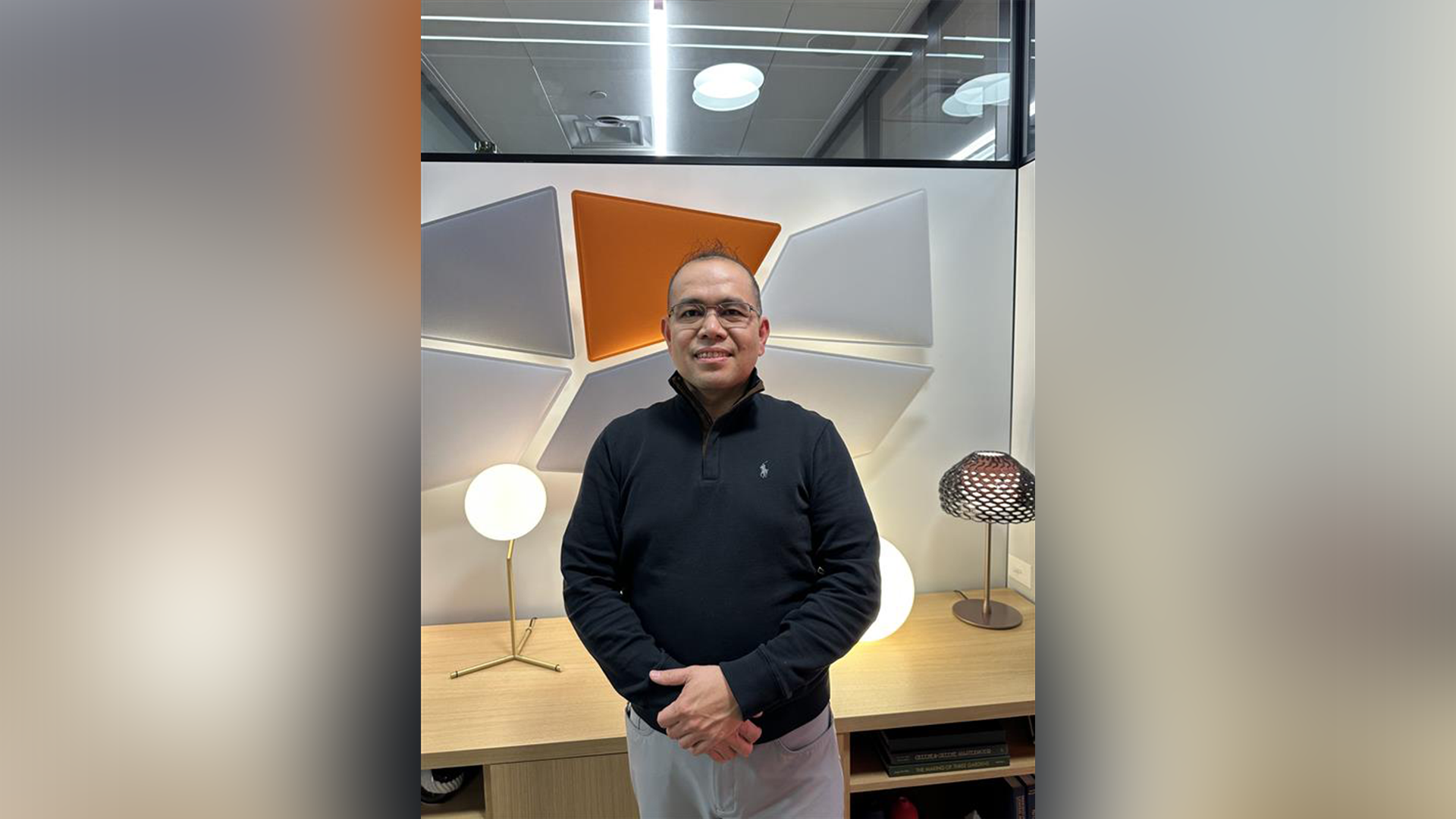Press Release
Emerging Trends: Sensory, Circular, and Seamless
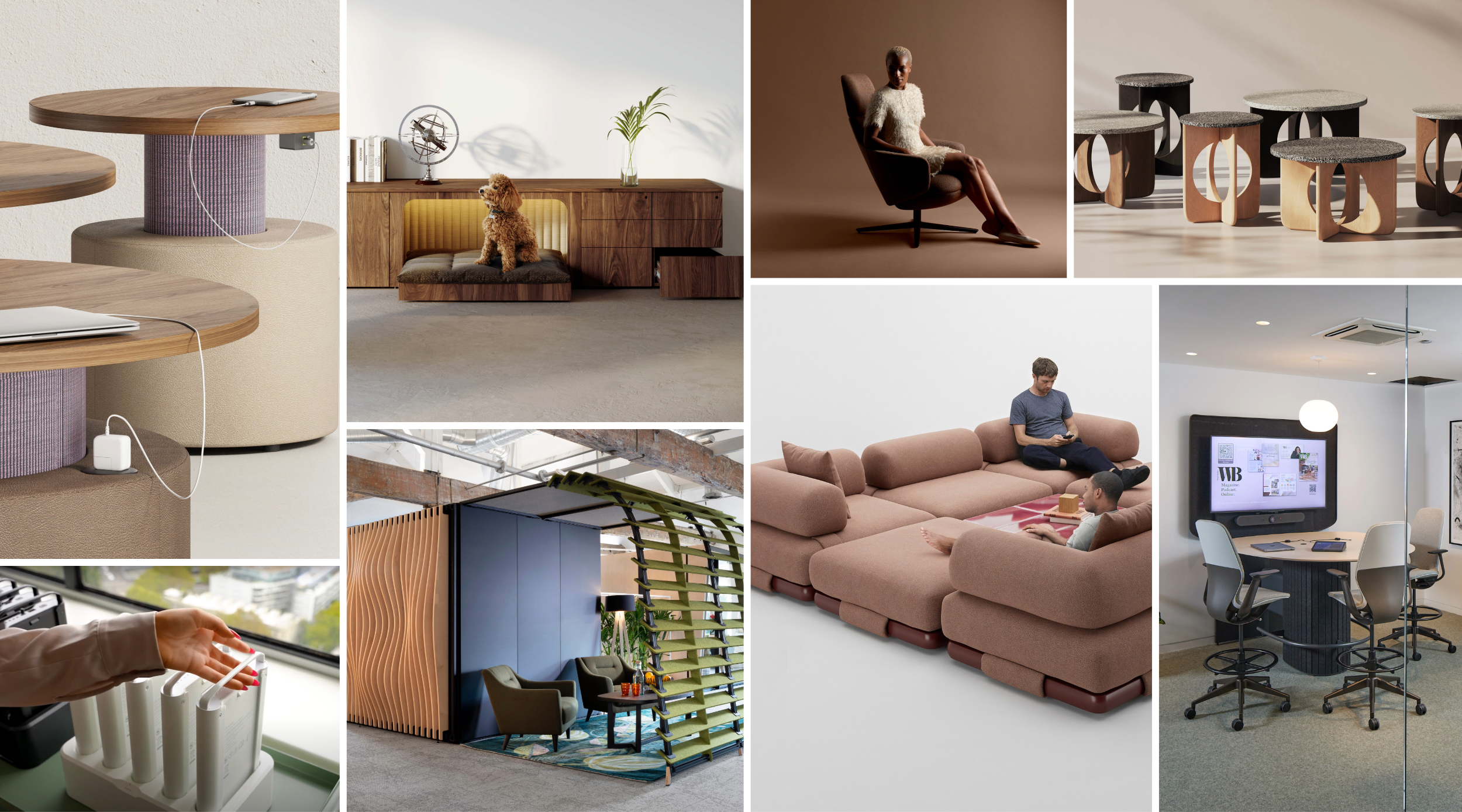
From sensory-rich seating to circular materials and tech-integrated furniture, today’s workplace design is evolving to meet a deeper need—for spaces that feel better, flex smarter, and support everyone. Inspired by the innovations seen at NeoCon, Design Days, and across the industry, this trends roundup highlights how design is shifting from purely aesthetic to profoundly human. With wellness, inclusivity, and adaptability at the forefront, these products reflect a new era of workplace design—one that doesn’t just respond to change, but helps people thrive through it.
1. The Sensory Shift
Design That Feels Right—for Everyone
From neuroaesthetics to service-animal-friendly furniture, design is becoming deeply attuned to emotional well-being and inclusivity. This trend reframes interiors as therapeutic tools, offering calming, sensory-rich experiences that work for every brain and body.

Crafted from bio-based materials like meadow grass and regenerated plastic, this acoustic solution brings nature indoors—supporting neuro-inclusive environments with visual calm and sound comfort.
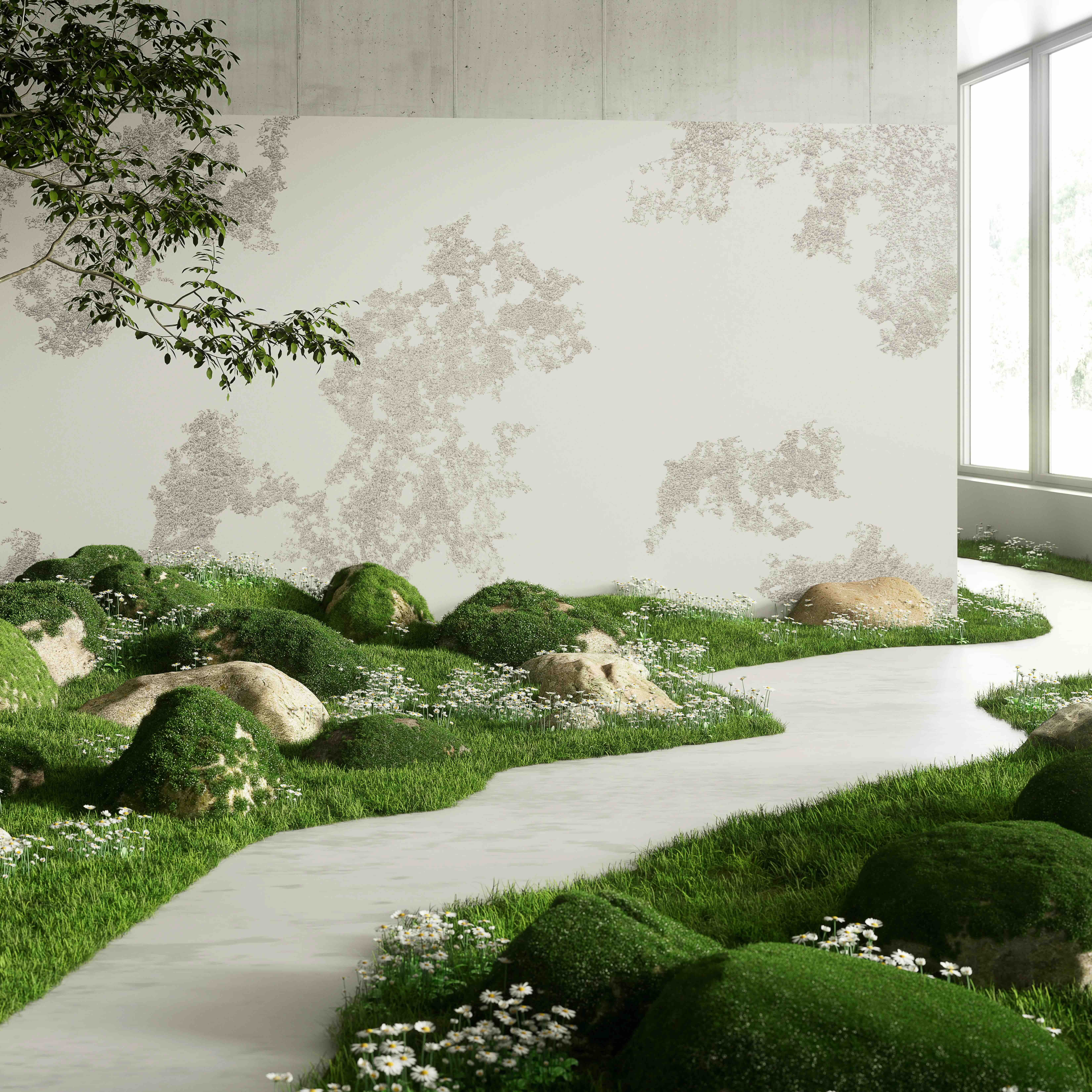
This collection applies fractal geometry to textiles, using nature’s own visual language to create spaces that soothe the mind and foster emotional well-being.
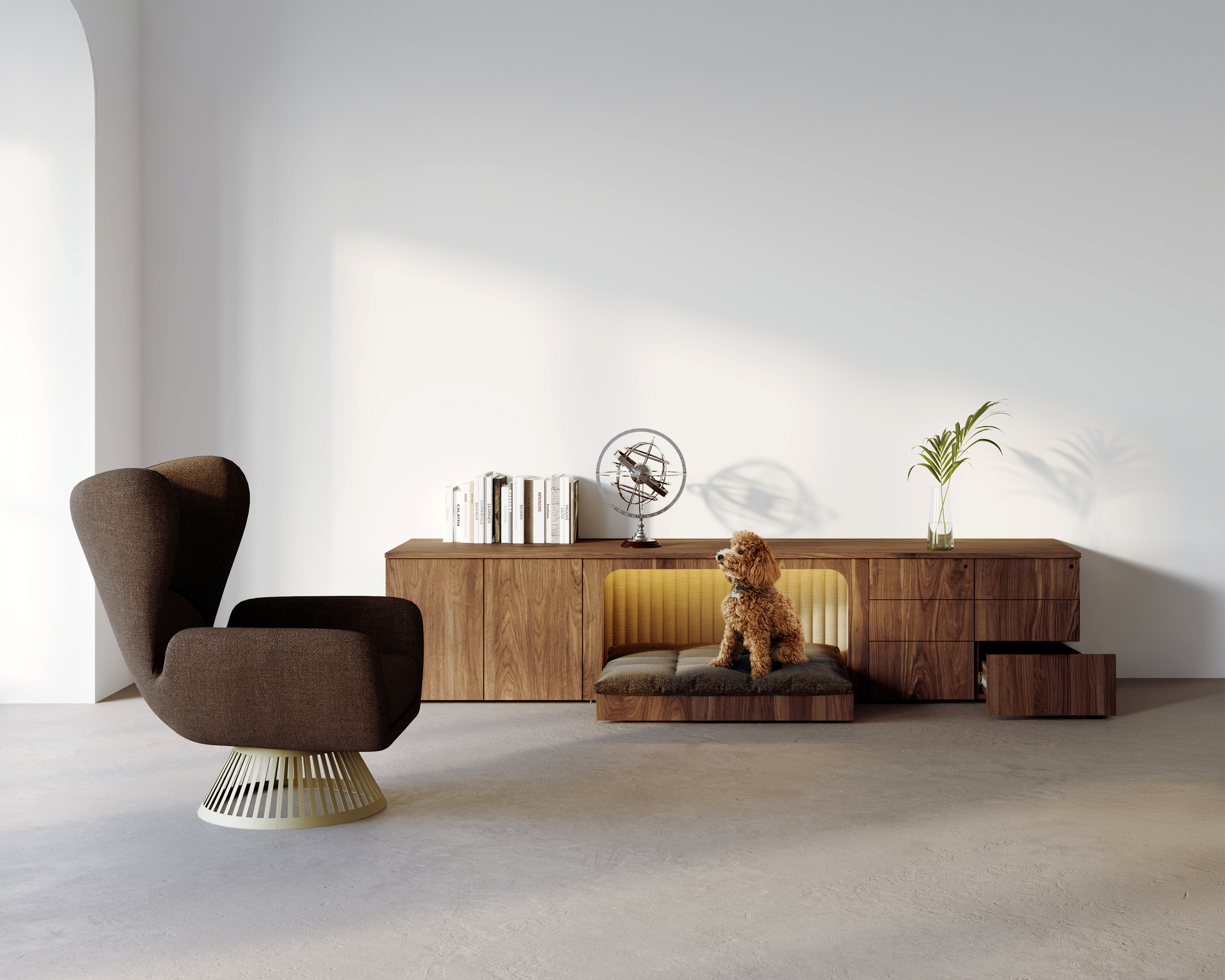
A clever credenza with a built-in bed for service animals, this design supports inclusivity and emotional support in the workplace—acknowledging every user’s unique needs.
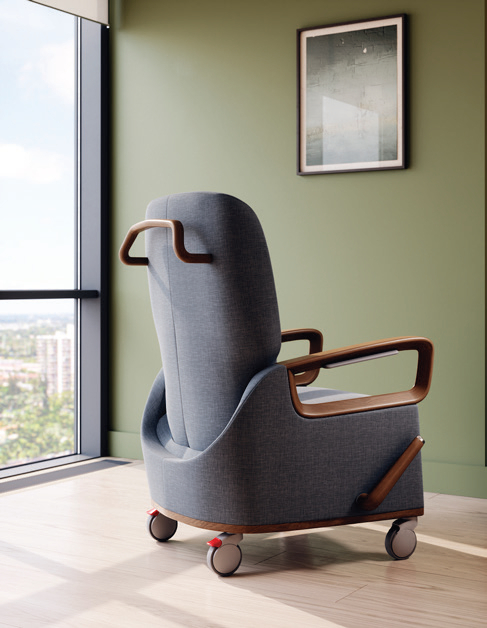
Inspired by natural forms, this healthcare recliner offers comfort and restorative rhythm, tapping into neuroaesthetics to lower stress and aid in recovery.
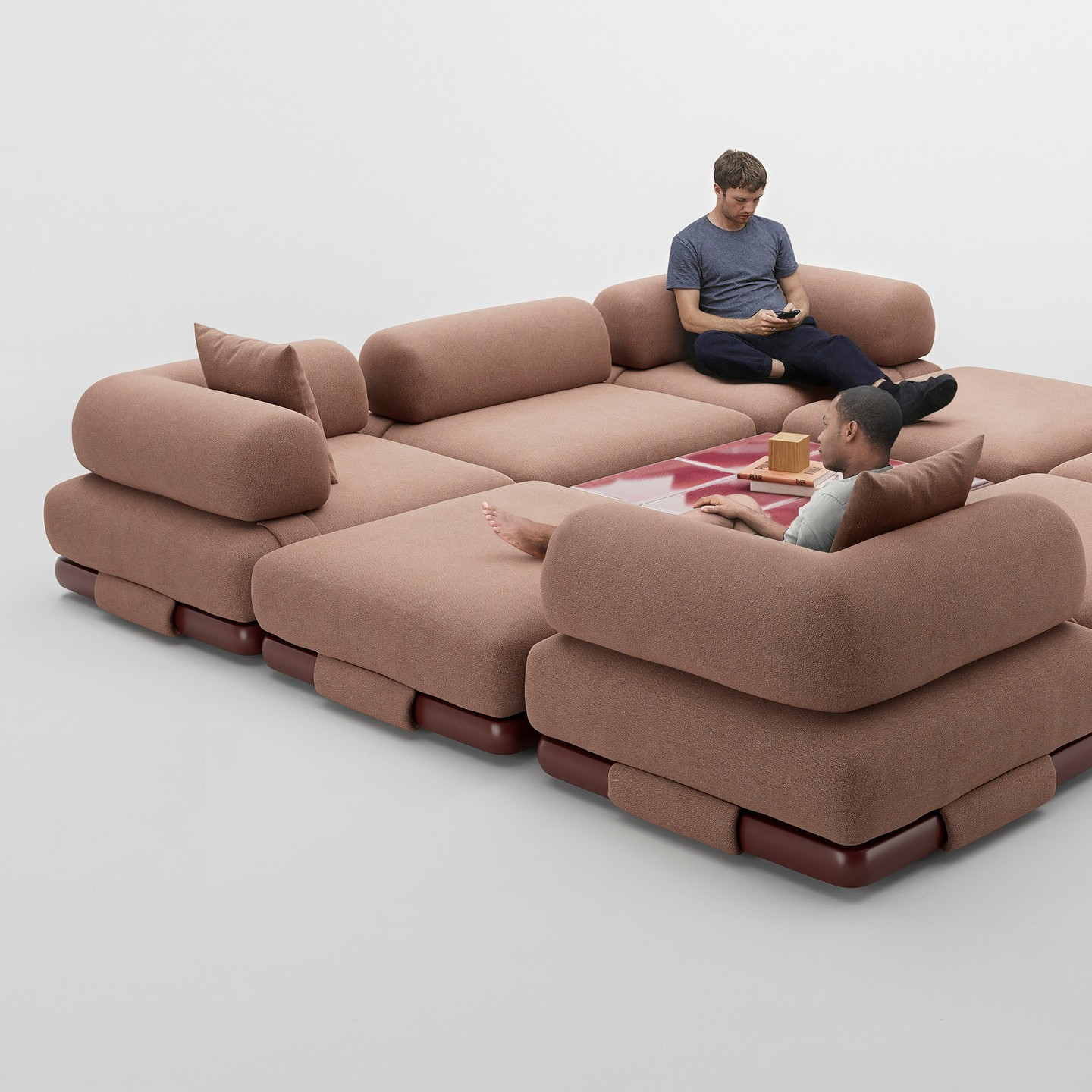
With generous cushions and organic shapes, this sofa invites connection and relaxation—promoting social interaction and sensory ease in shared spaces.

Designed with enveloping arms and soft curves, Calma provides a cocoon-like seating experience—supporting emotional comfort and mindful rest.
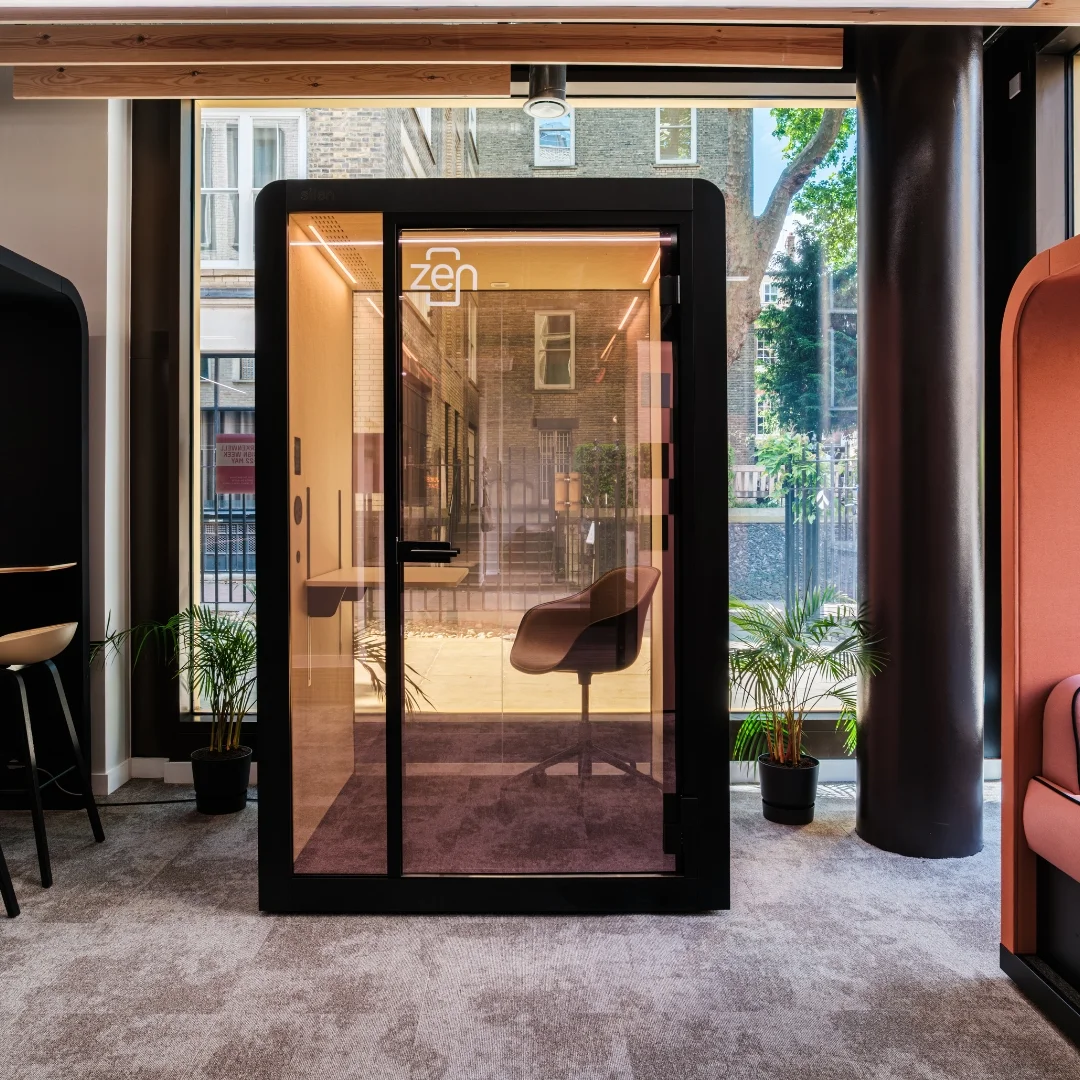
An immersive pod add-on featuring ambient lighting, soundscapes, and smart glass for privacy—Zen Mode transforms any space into a sensory sanctuary.
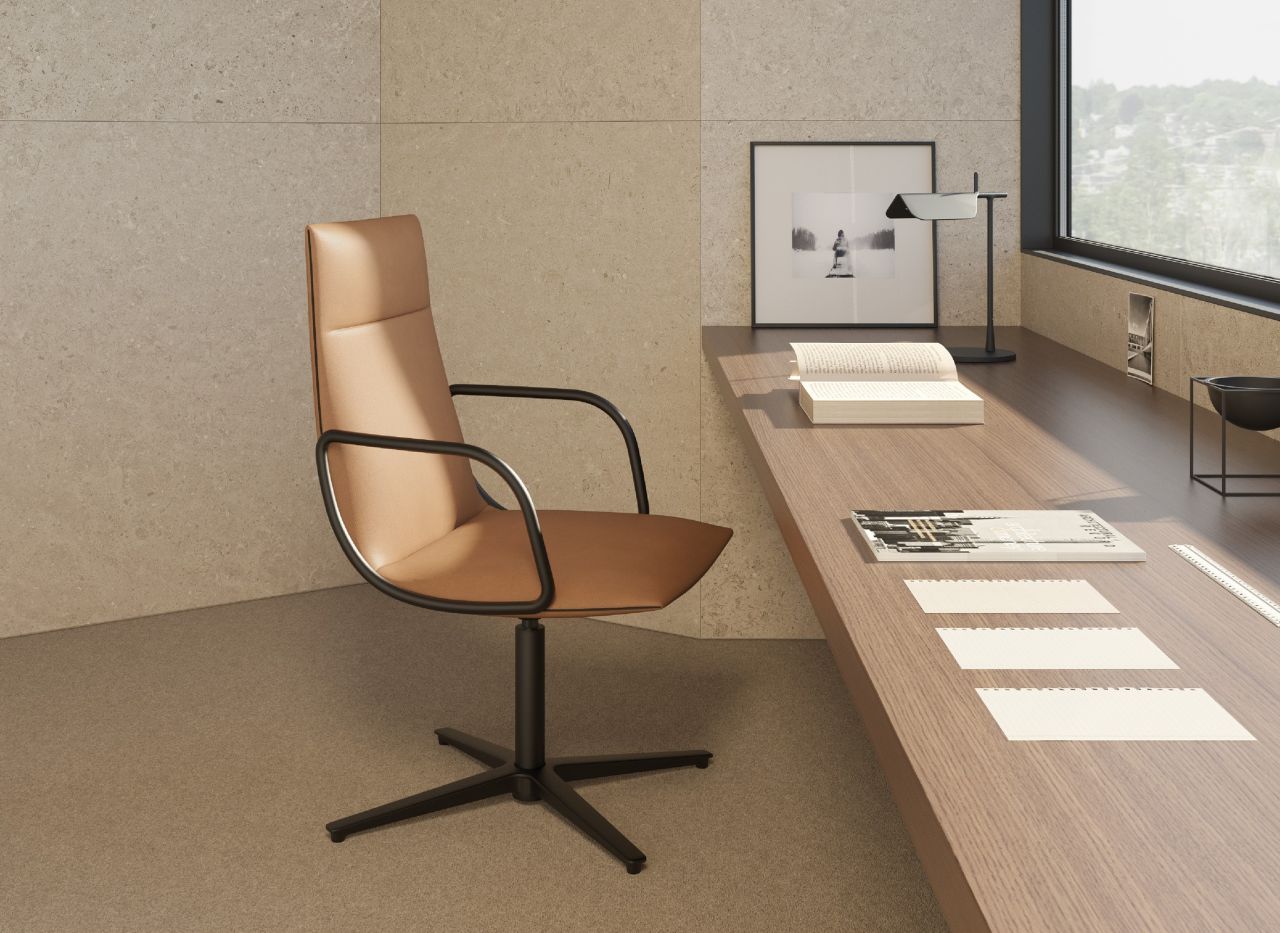
2. Design Without Boundaries
Spaces That Flex, Flow, and Function Everywhere
Today’s interiors are chameleons—morphing from office to lounge, classroom to cocktail space. With modular, mobile solutions and wellness-forward touches, this trend empowers users to choose how they work, learn, and relax—on their terms.
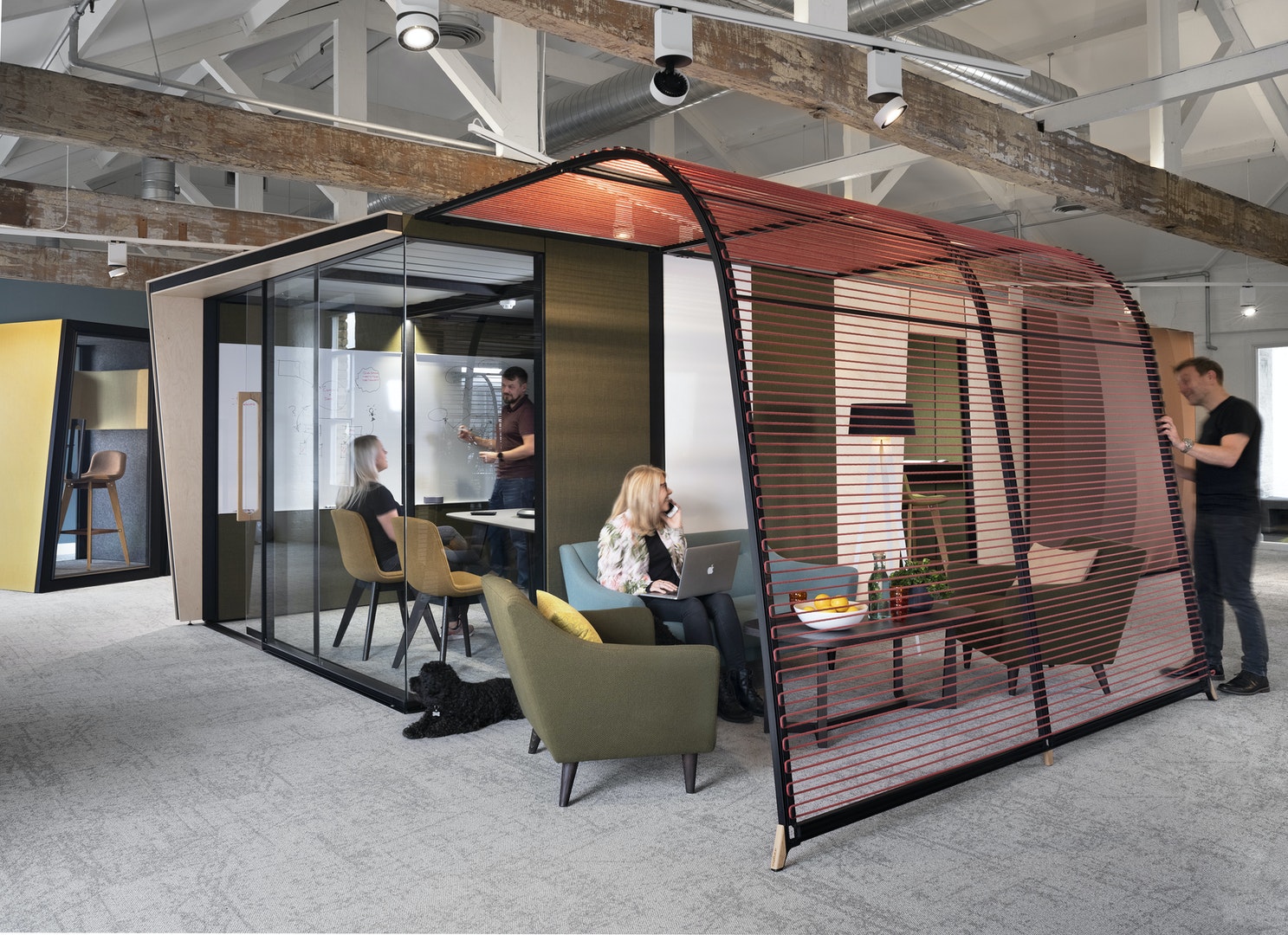
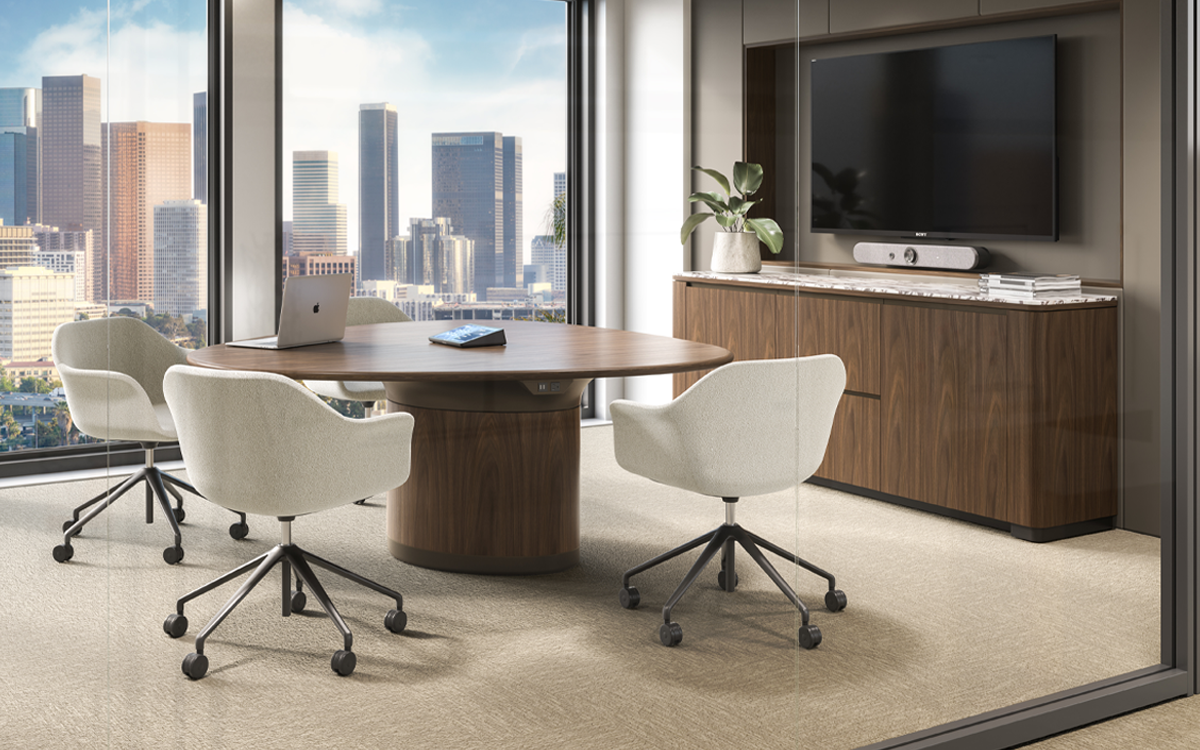
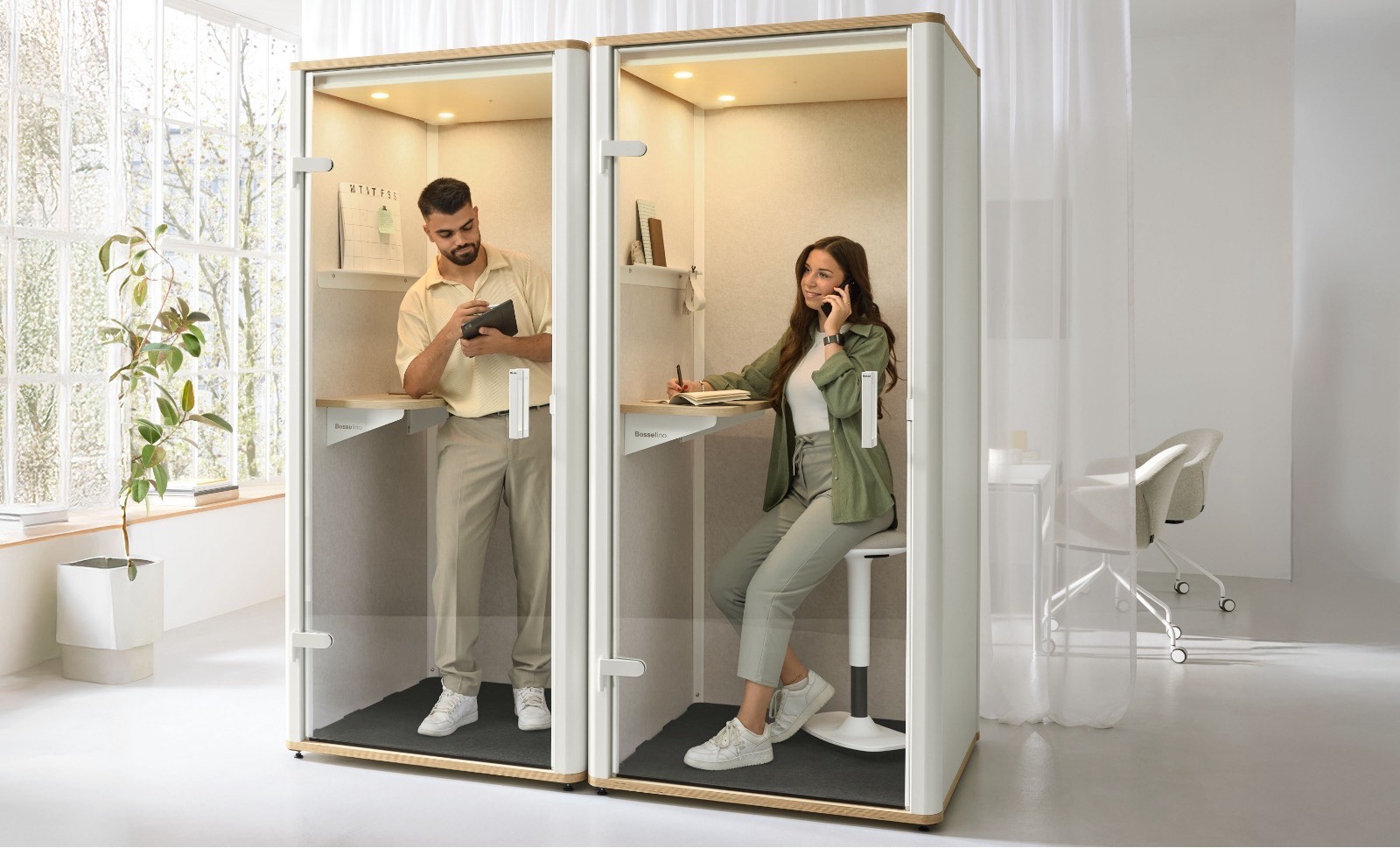
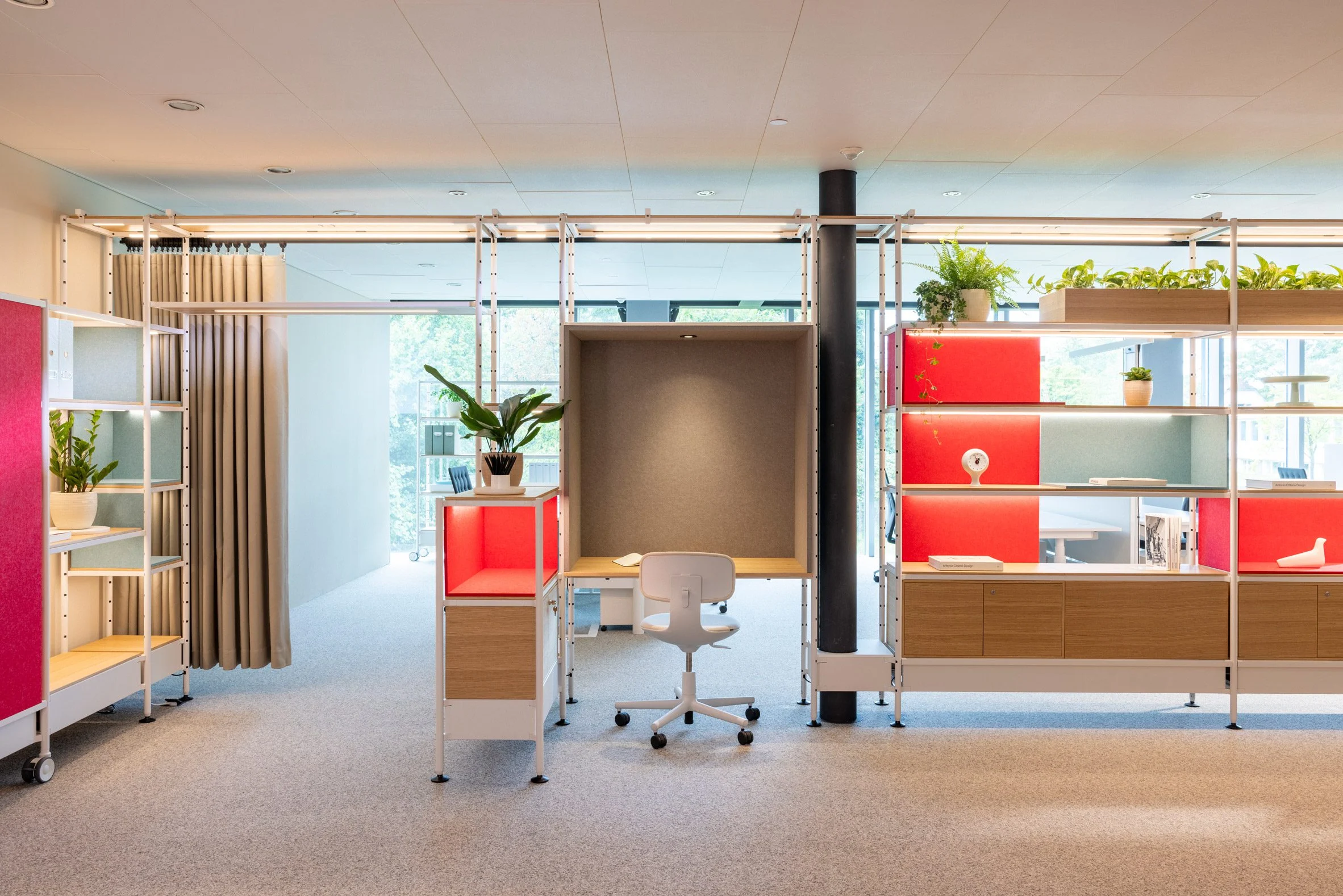
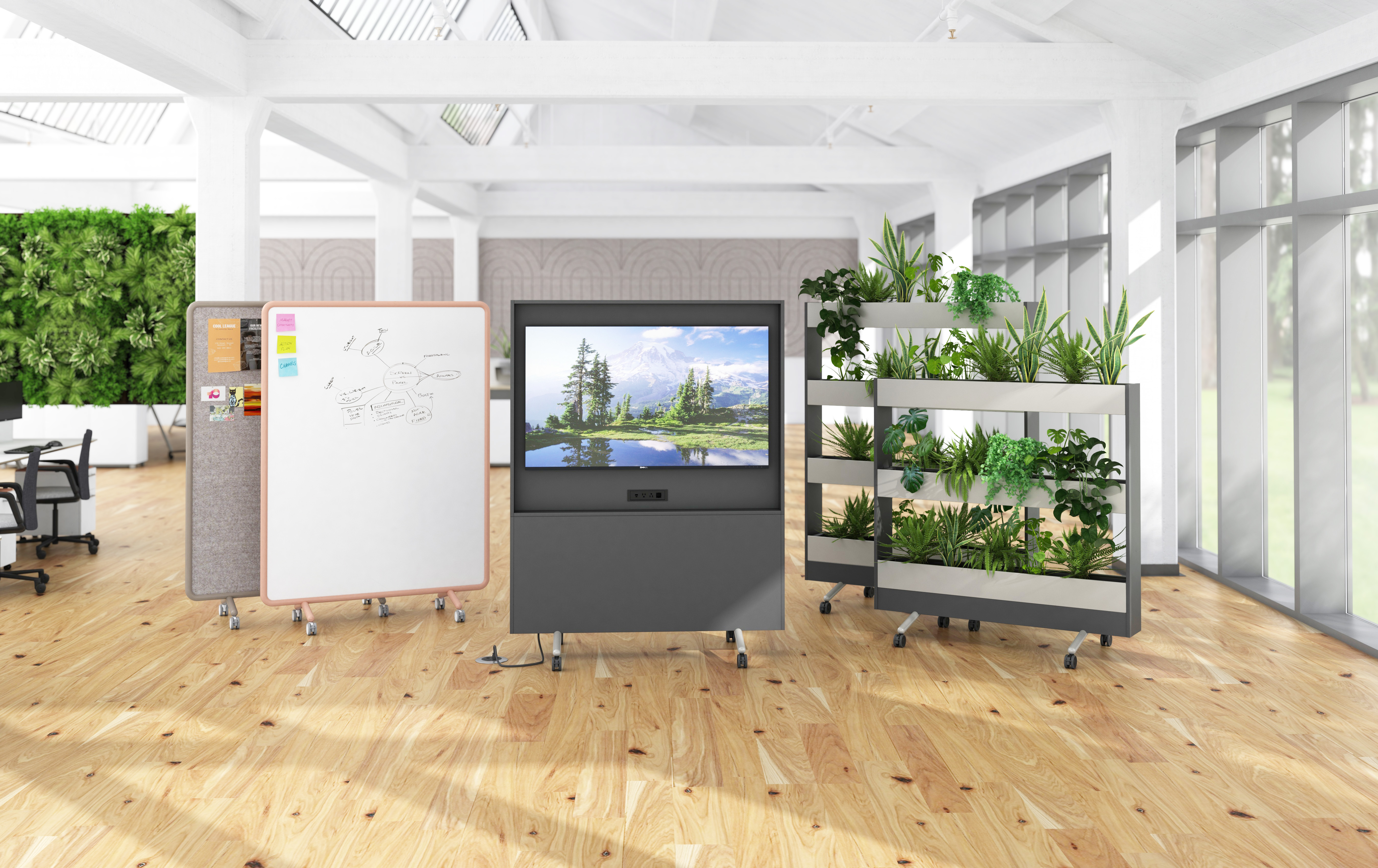
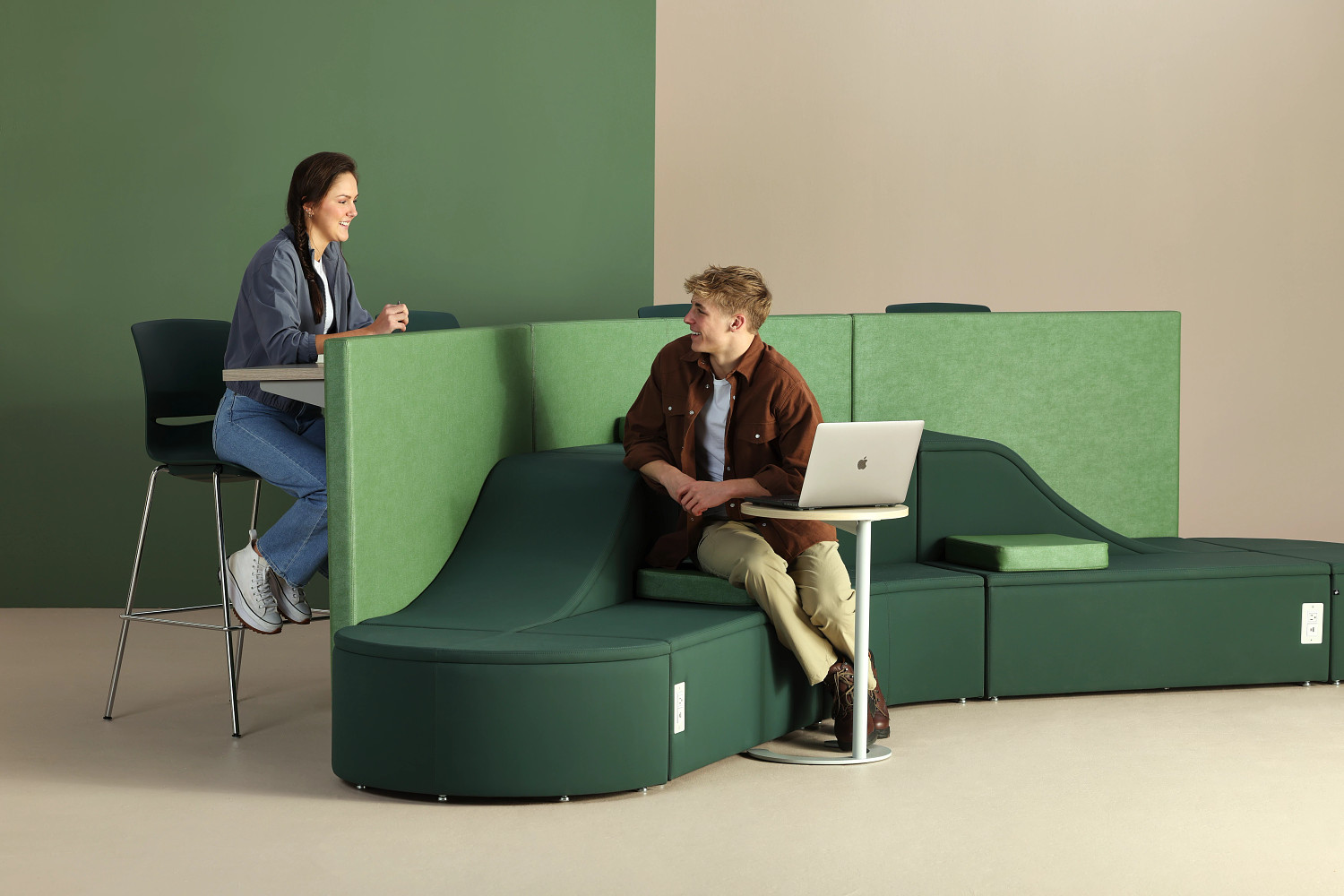
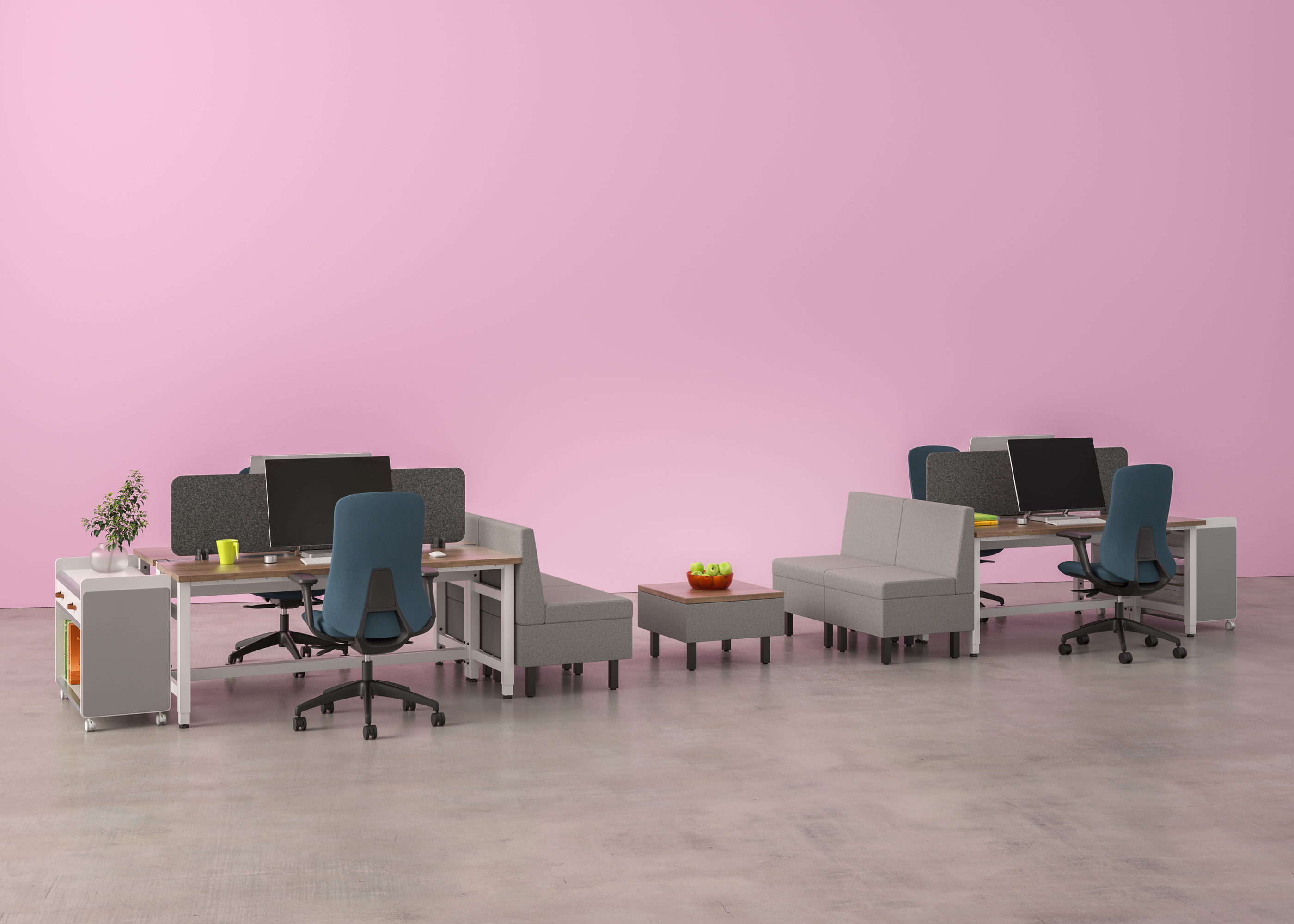
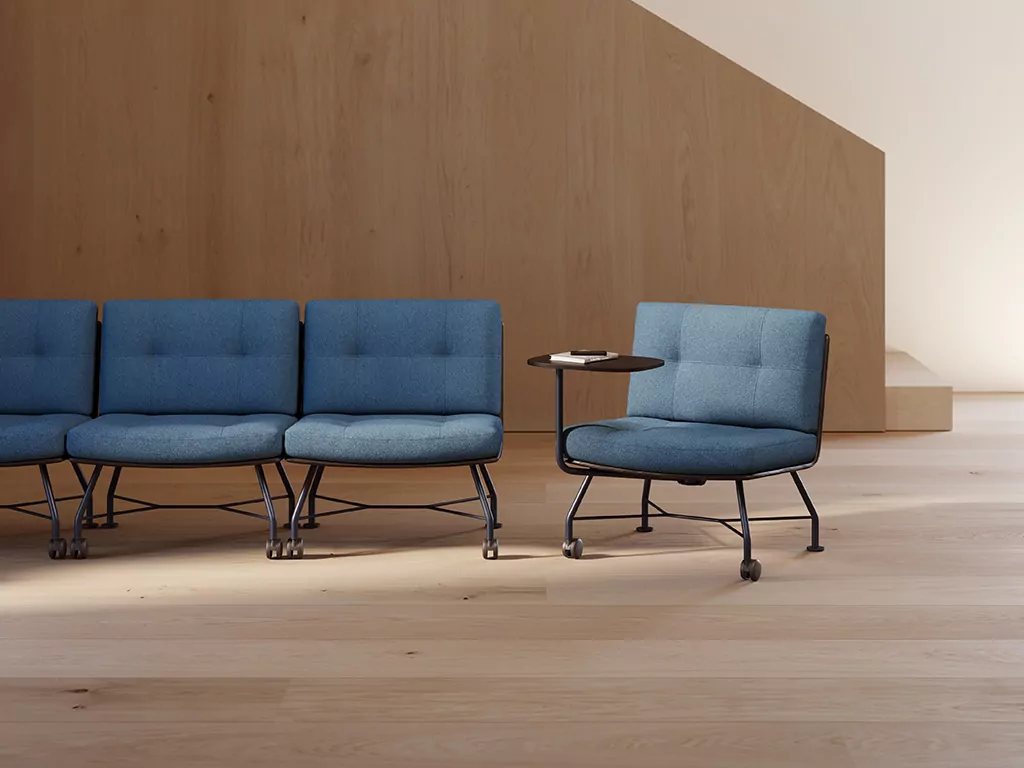
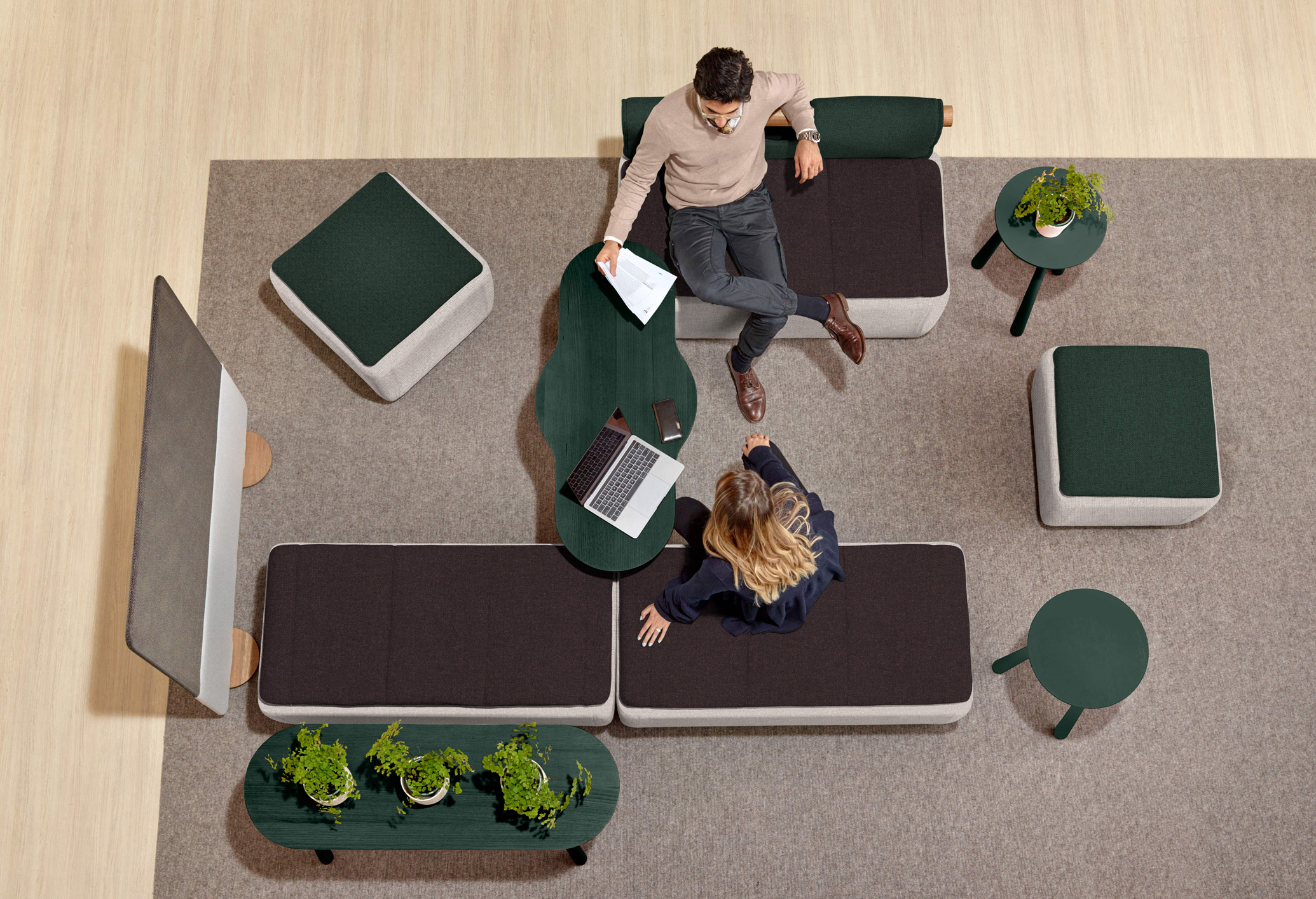
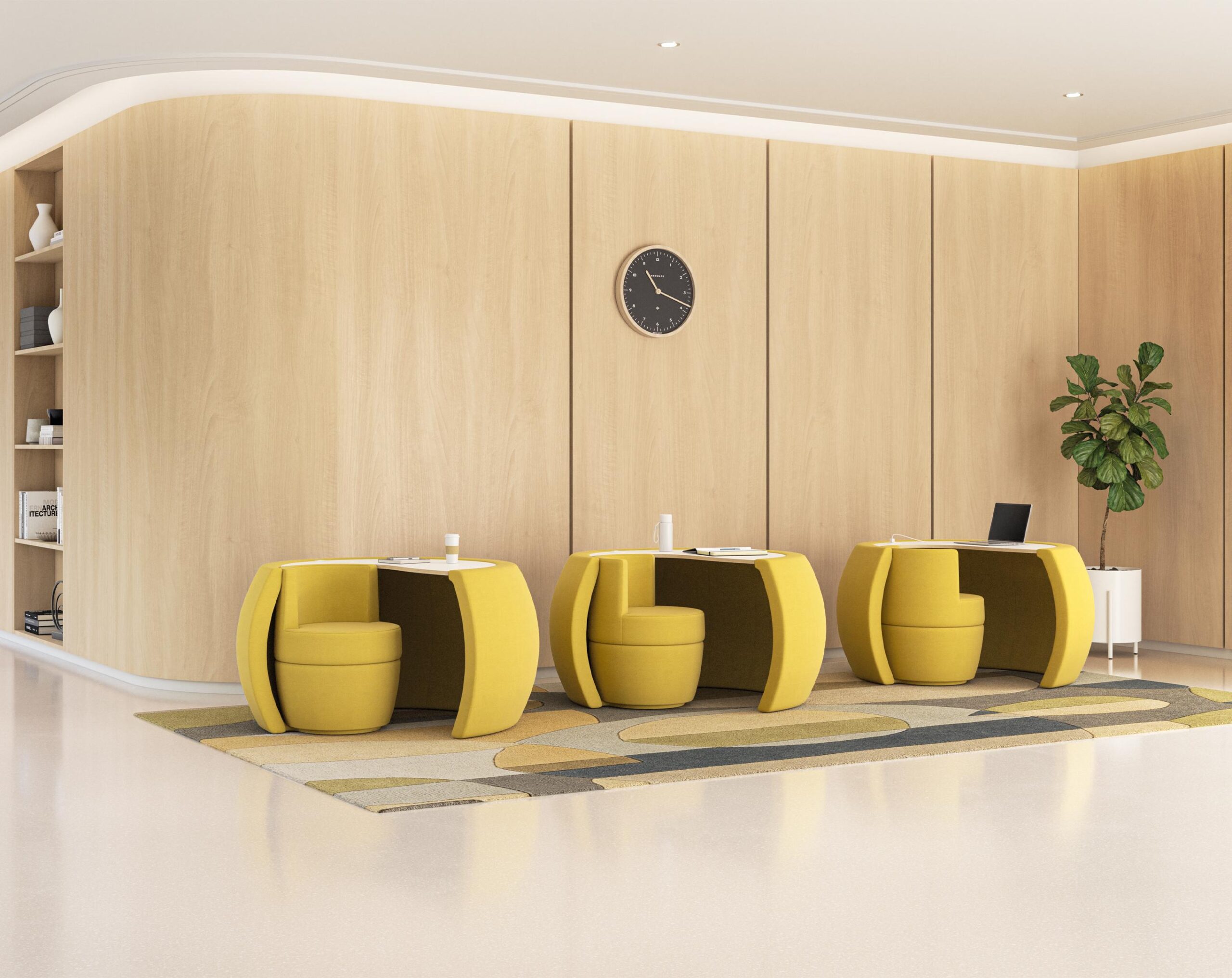
3. The Materials Revolution
Sustainability Goes Circular in Style
A new wave of material innovation is turning waste into wonder. From biodegradable vinyl to closed-loop chairs, designers are embracing circularity not just as a mission—but as a mandate for beautiful, high-performance, eco-conscious spaces.
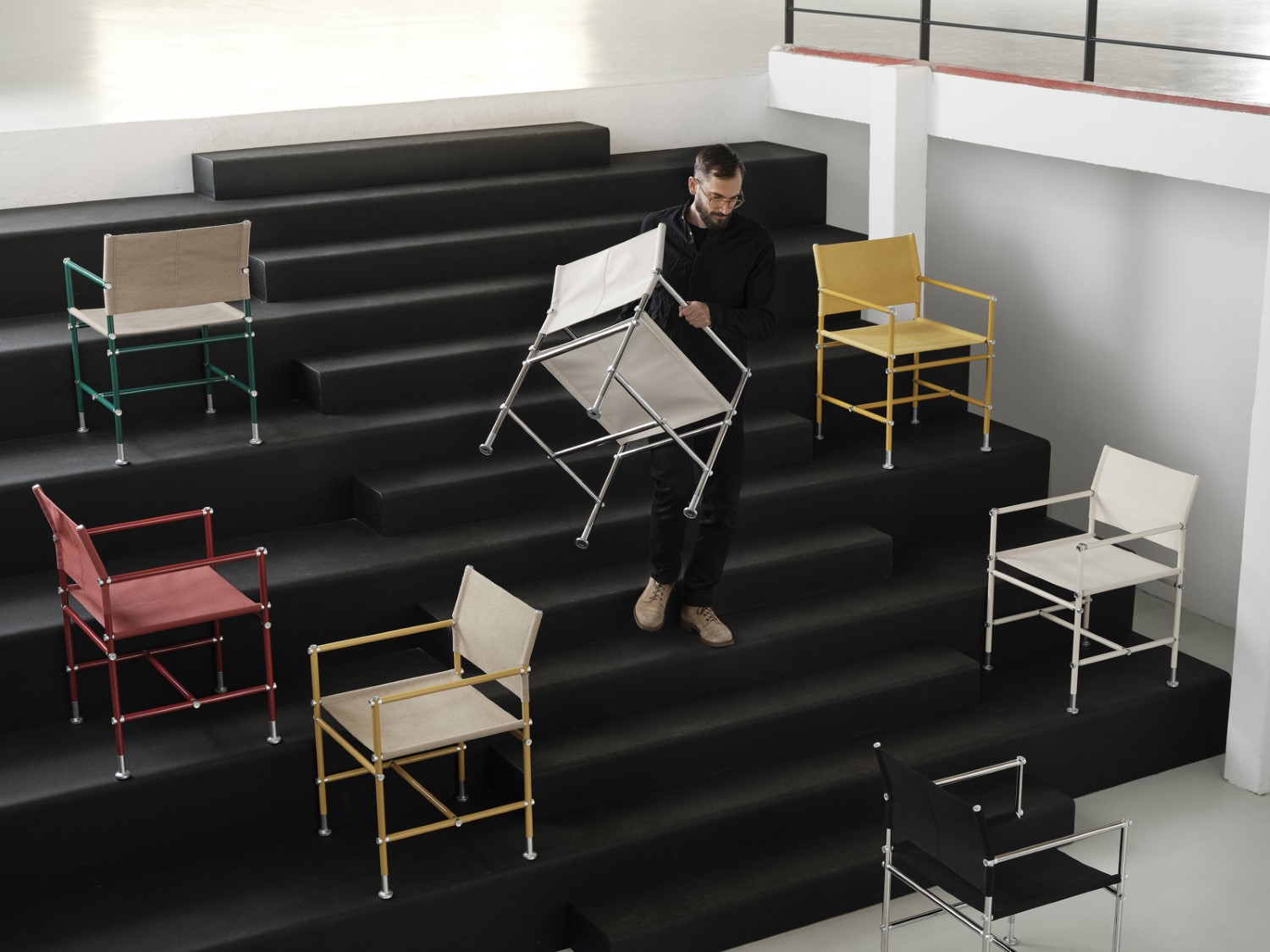
Constructed from recycled steel with a design intended for disassembly and reuse, Able supports circular manufacturing and extended product lifecycle.
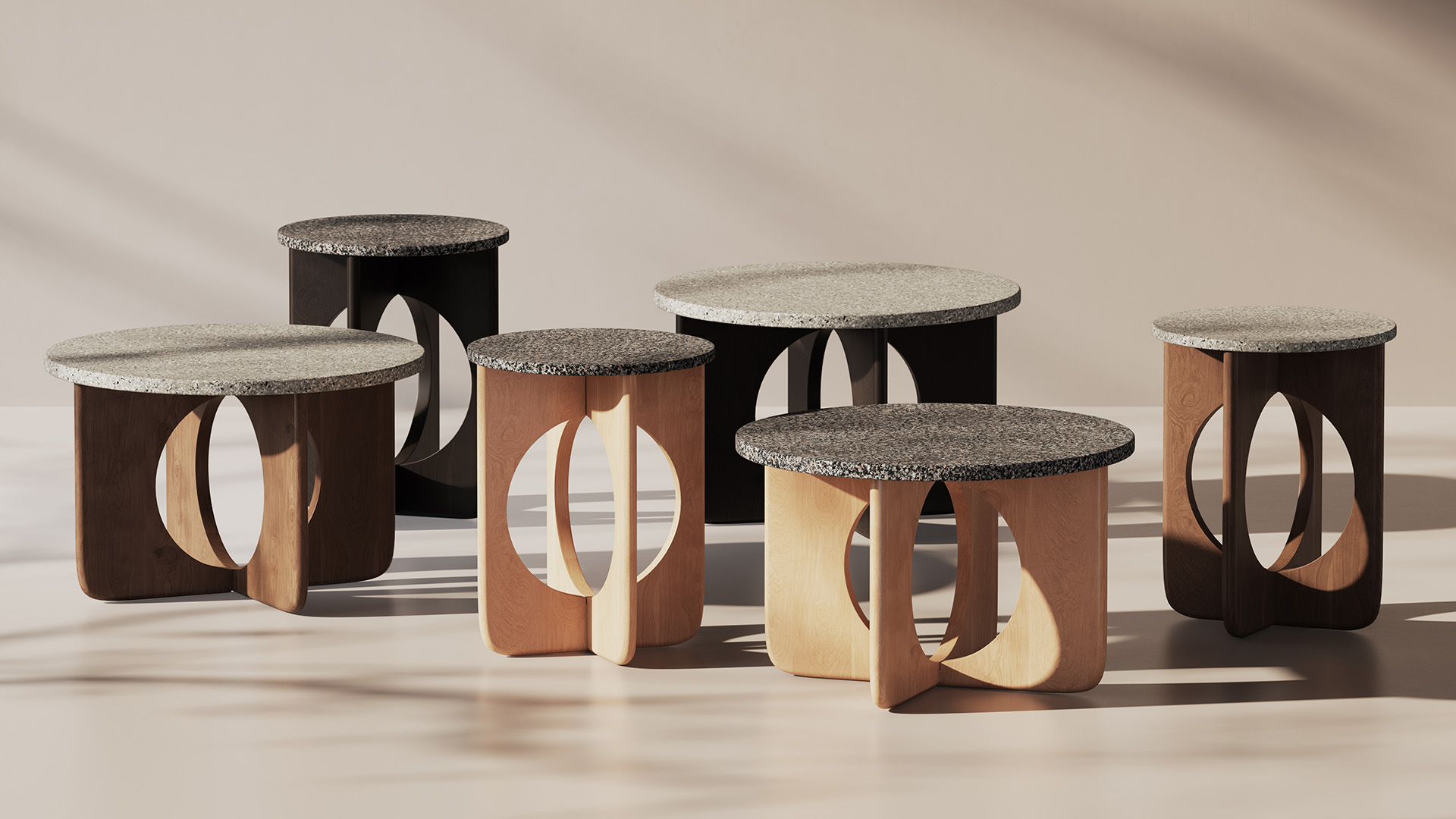
Made entirely from post-consumer recycled plastic, Tumble is a durable, all-weather stool that diverts waste from landfills while enabling indoor-outdoor versatility.

This textile line uses bio-based and rapidly renewable fibers, is free from PFAS finishes, and meets key environmental certifications for healthier material sourcing.

Produced from upcycled foam offcuts, BuzziReForm repurposes manufacturing waste into acoustic seating solutions with minimal environmental impact.

Features a 3D-knitted textile made from recycled polyester combined with aluminum bases composed of 80% post-consumer recycled content.
4. Smart by Design
Integrated Tech for the Intentional Workplace
Technology is becoming an active partner in design—enhancing hybrid spaces with tools and visuals that feel intuitive, not intrusive. From responsive lighting to collaborative touchscreens, smart solutions are woven into the fabric of the workplace to support focus, flexibility, and human connection.
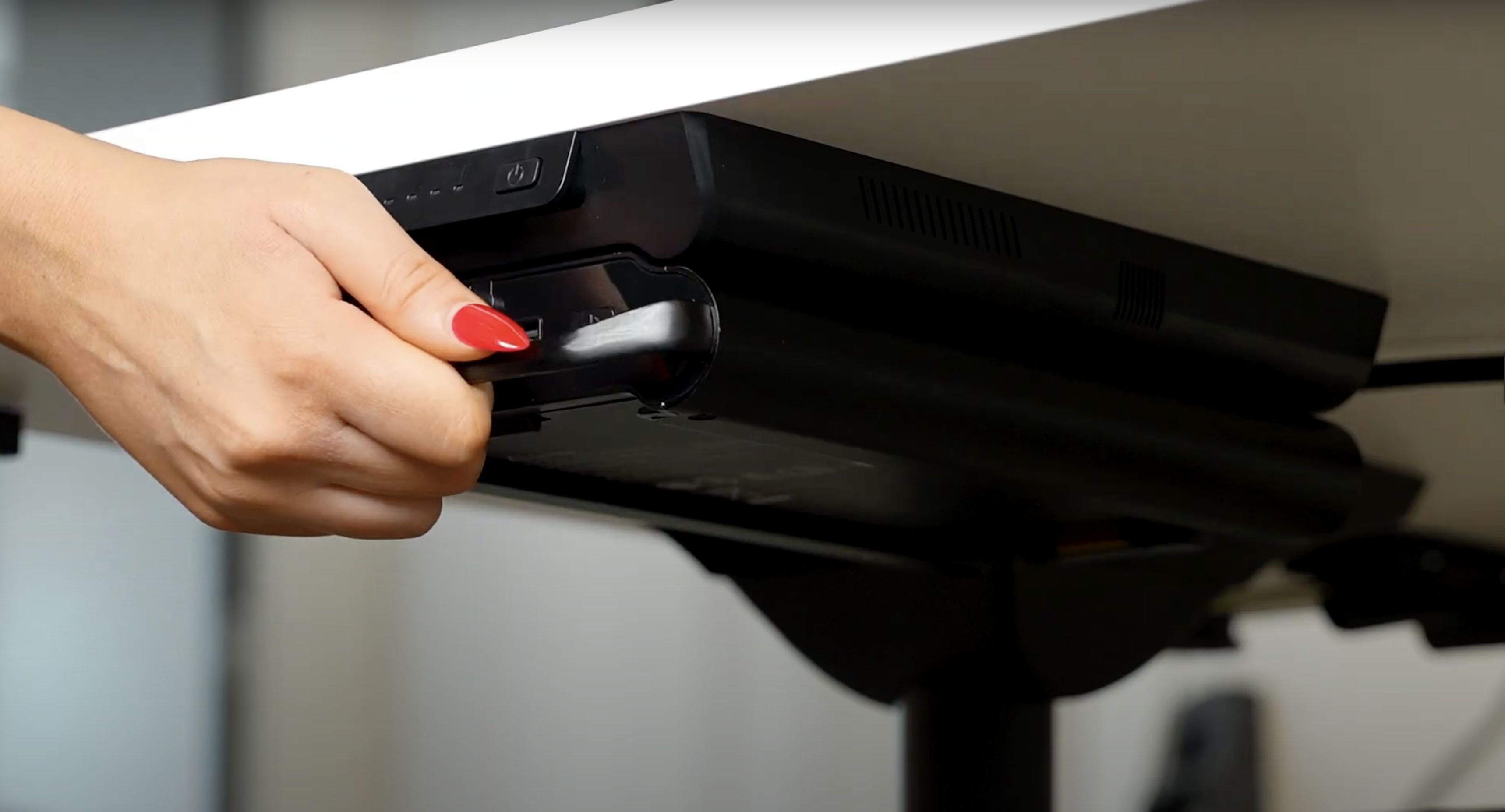
A fully integrated power and data rail system, the FR210 Series delivers adaptable, under-desk connectivity—streamlining tech access in hybrid work zones.

Built-in power and USB-C charging are seamlessly embedded into the Draper table, supporting plug-in productivity in casual, tech-enabled environments. Type image caption here (optional)
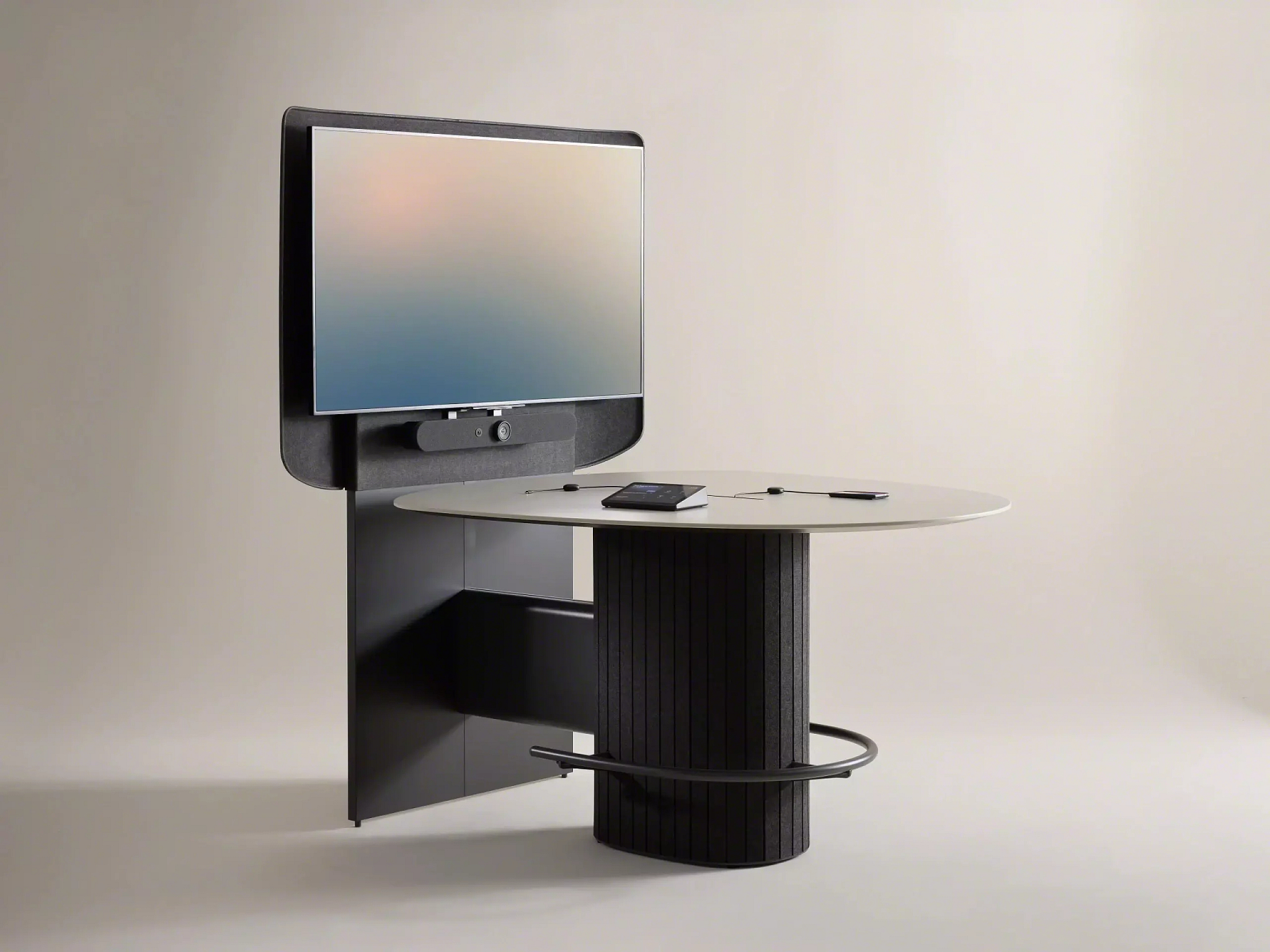
This vertical unit integrates power, lighting, and display capabilities—creating tech-supported collaboration hubs within open-plan workplaces.
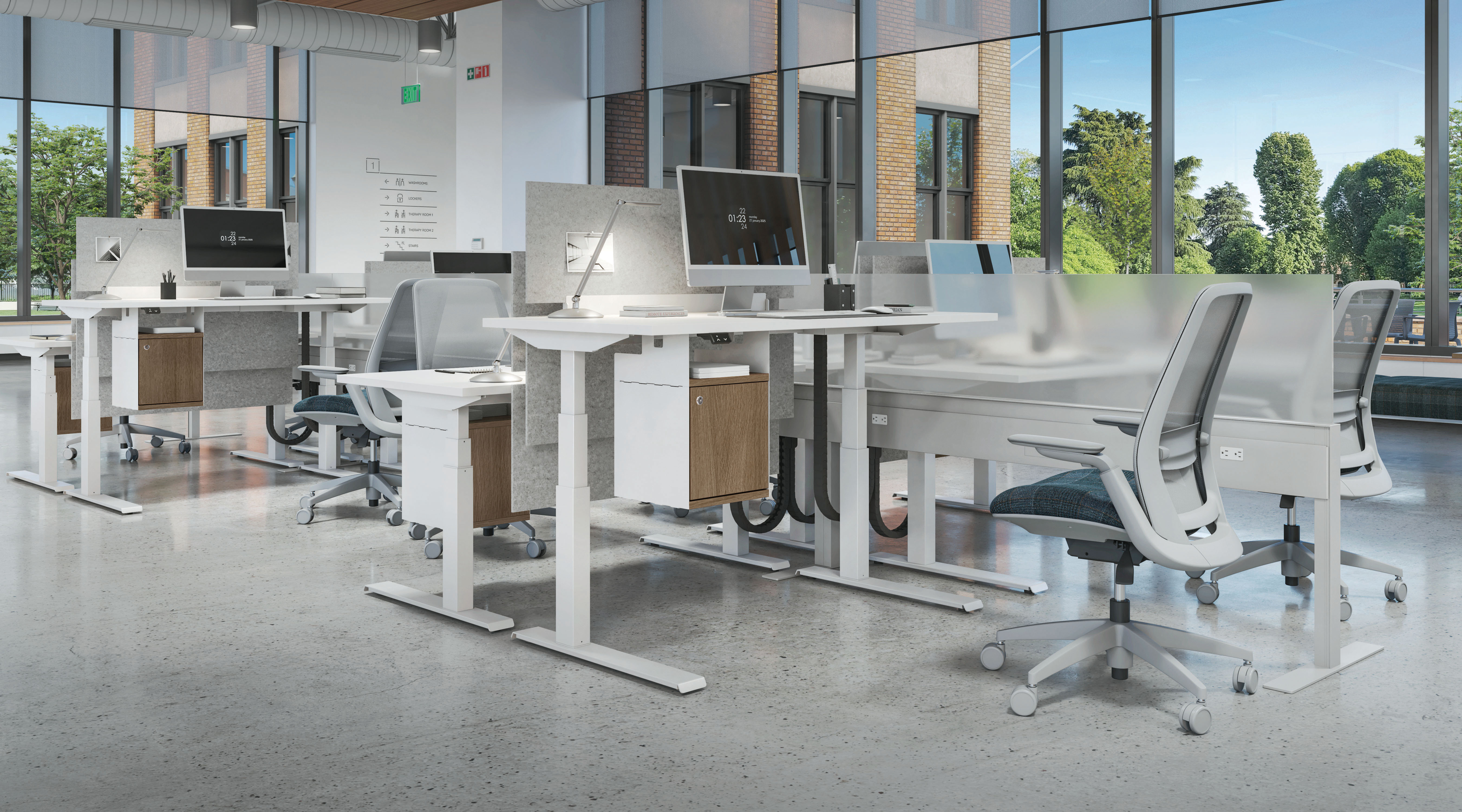
A modular beam system that distributes power and data across desking setups, enabling reconfigurable workspaces with embedded connectivity.
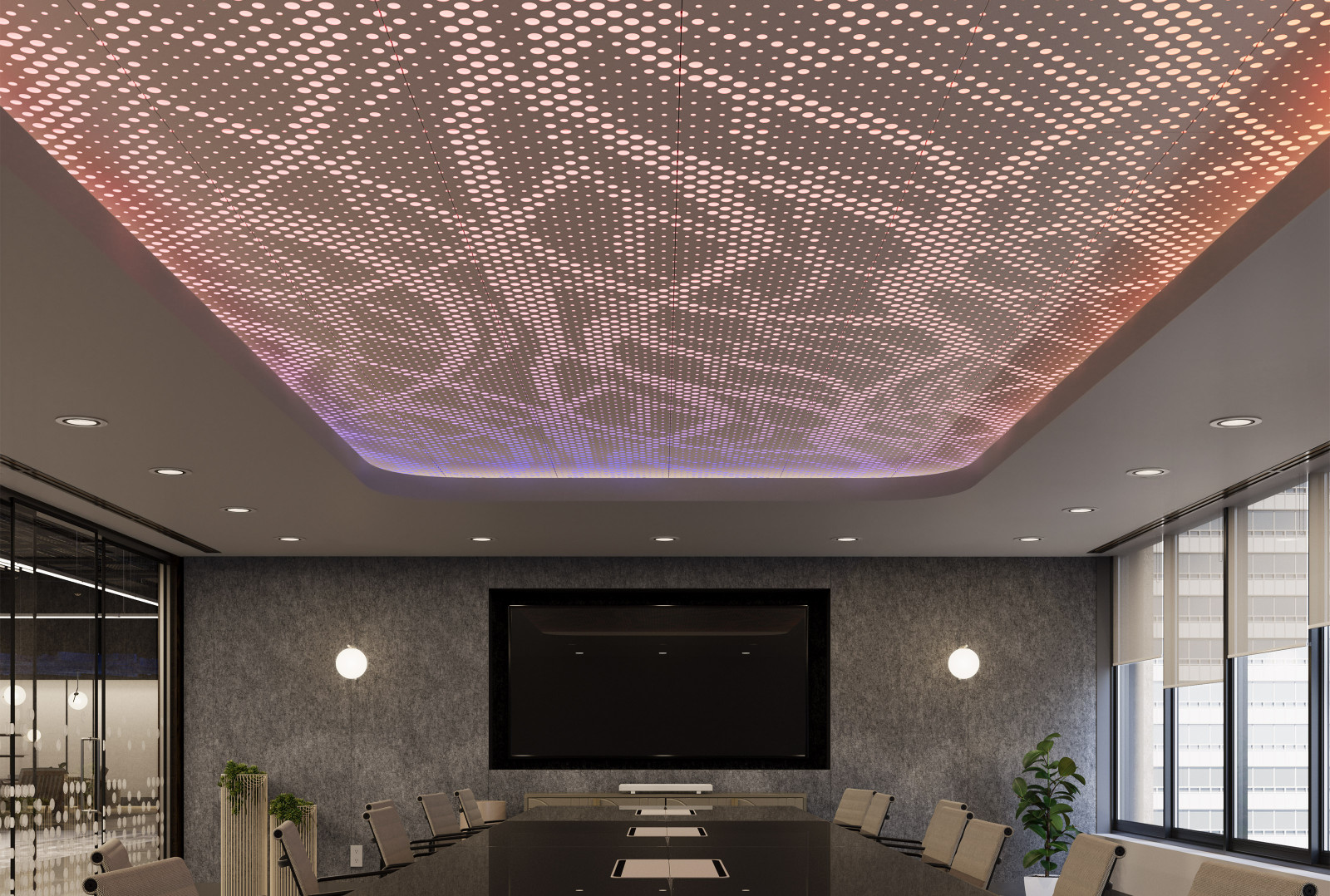
Transforms architectural panels into dynamic lighting features with programmable color output—merging design expression with environmental control. Type image caption here (optional)
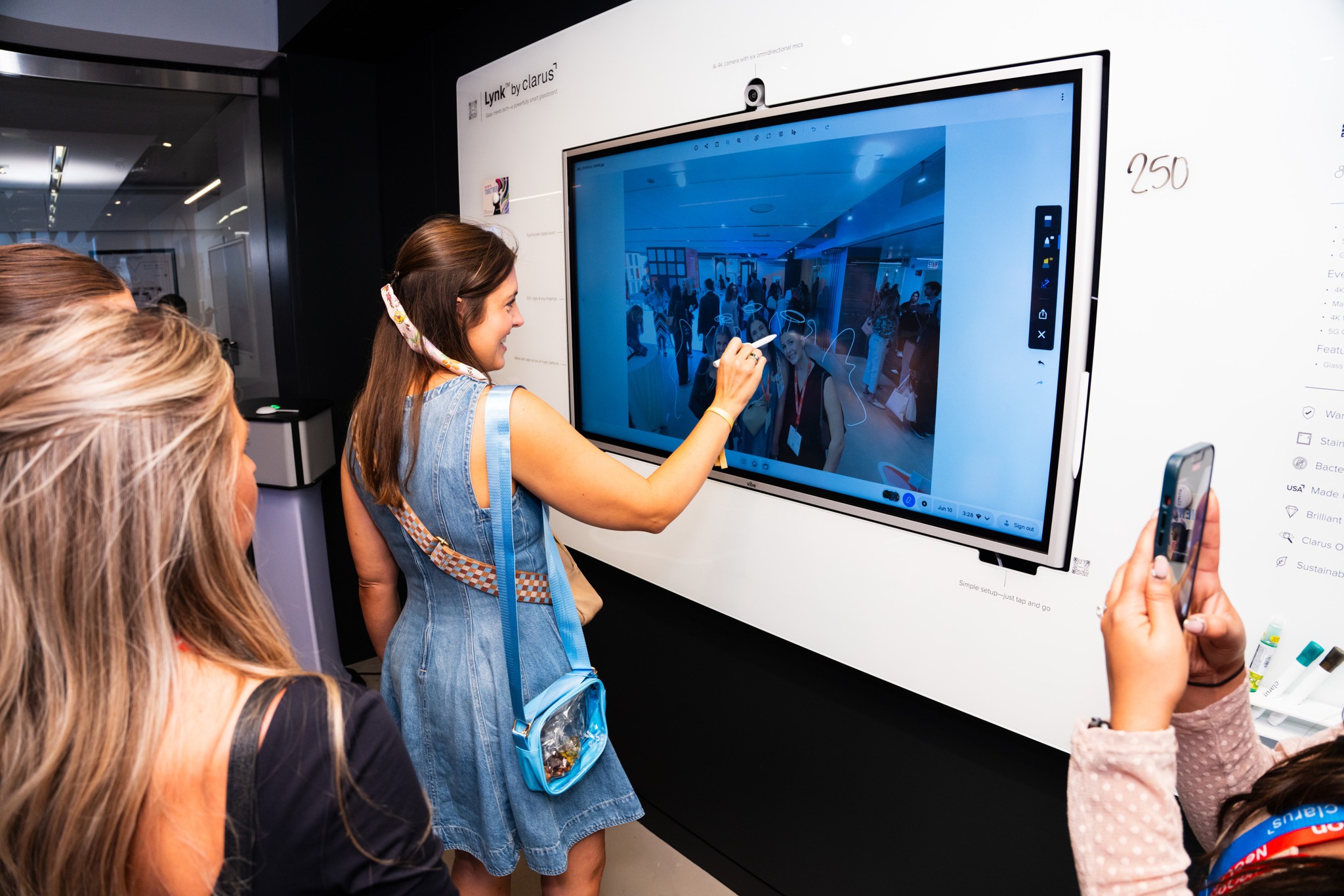
A glass collaboration board with integrated touchscreen functionality, Lynk supports digital interaction and platform syncing for hybrid teamwork.












